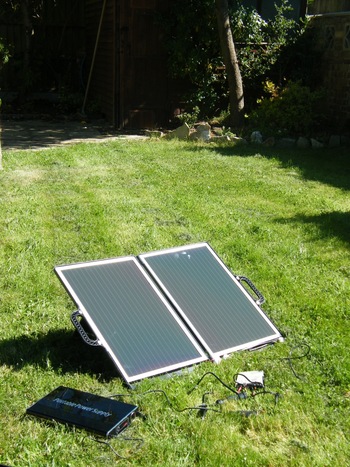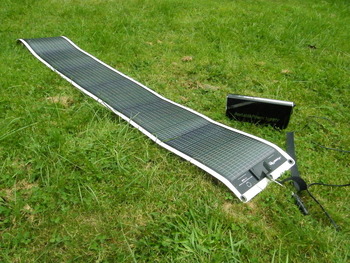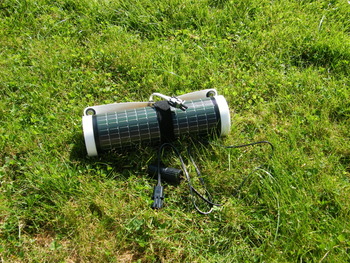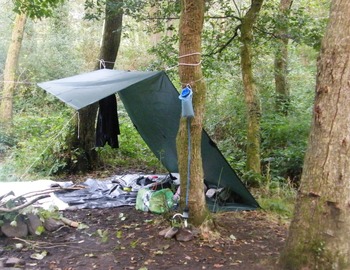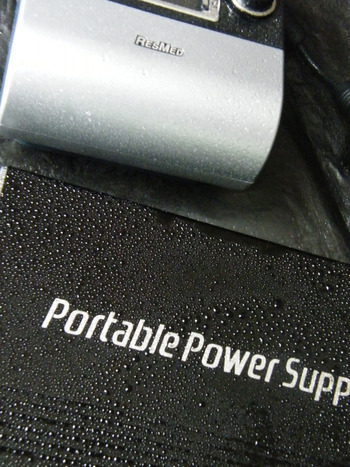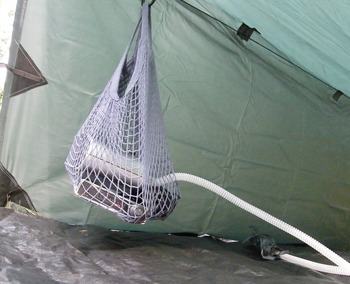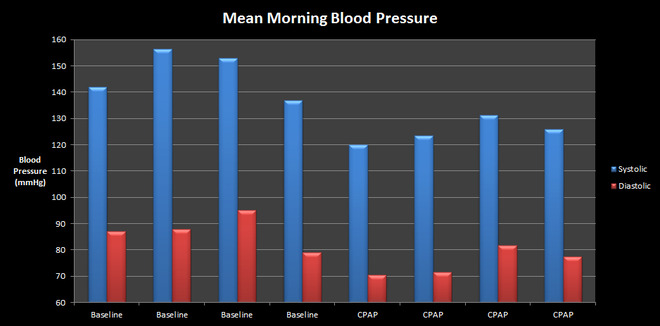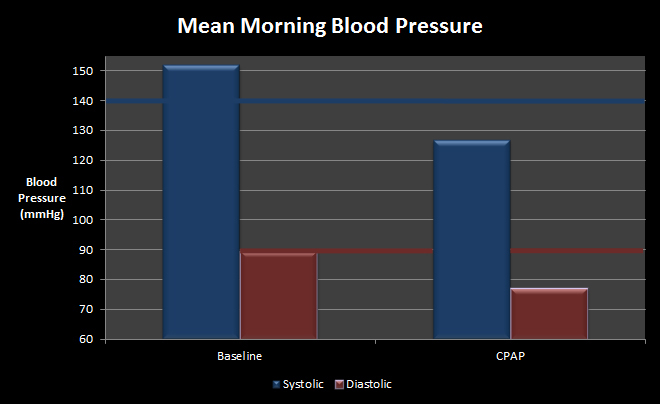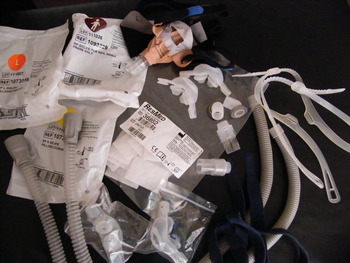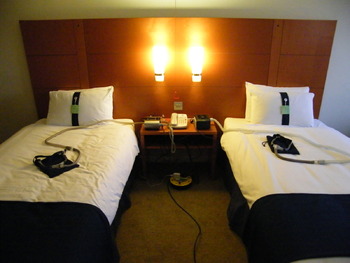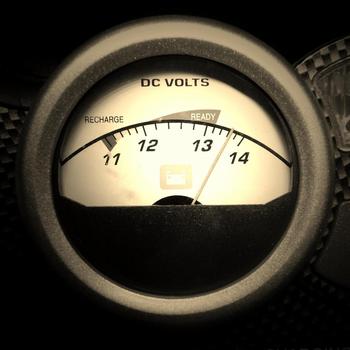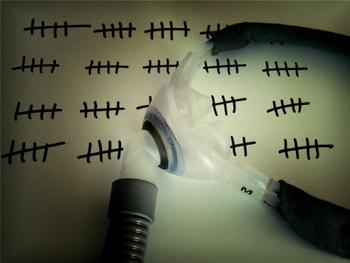Lucid Dream Triggers / Triggering REM?
Previously I've experienced lucid dreams, one of which I've been able to pinpoint the trigger.
http://www.hypnagogia.info/blog/2012/4/23/sleep-paralysis-as-a-result-of-nocturnal-disturbances-and-re.html
Since using CPAP I've found that the frequency of me having lucid dreams has decreased. This lends weight to my theory that some of them were caused by small-awakenings (micro arousals) due to aponeas.
As I'm left with a small residual AHI with CPAP it is still feasible that the odd lucid dream is triggered by the an aponea or hypopnea, although until now I haven't been able to accurately mark when the lucid dreams occur as they usually fade into conventional dreams when I lose lucidity.
However, over the past month I've had a couple of lucid dreams where I've been able to mark the ending via the CPAP machine.
Essentially what I did was wake from the lucid dreams and turn the CPAP off briefly for a couple of seconds. In the morning this 2 or 3 second gap in CPAP data was enough for me to locate the period that encompassed the lucid dream.
One such dream occured on a night where I consciously intended to lucid dream (although "consciously hoped" is more of an accurate description because all I did was get into bed and thought of lucid dreaming and hoped that this intent would somehow carry over into a dream later in the night and allow me to carry out a "reality check").
Because dreams tend to lack continuity, "Reality Checks" can help you to become lucid whilst dreaming. Occasionally I'll use a "reality checking" technique for a week or so. This involves doing somethng with a predictable result during the day such as:
Finger counting
If you count the fingers on one of your hands you know what the answer will be. For most of us it's five. However, if you do actually take the time to do this many times a day then you should find that when you next see your hands in a dream you'll have the instinct to count your dream fingers.
I tried this once in a dream: five. I was sure that I was dreaming, so I counted again: still five. I then did it again: six! Six fingers on one hand was definite proof that I was dreaming.
From that moment on I was fully lucid.
Light switches
Most of the time you go to switch a light on and it comes on. So next time you approach a light switch don't just stick your hand out and flip the switch, consciously do it. Feel the switch, feel it moving, hear and feel the click, then see the lamp illuminate.
I do this every now and then, and it filtered through into a dream. I stuck my hand out and reached for the light switch but there was just a flat square of plastic - no actual switch. Again this prompted me to question the reality of the situation and slip into a lucid dream.
On this night, it worked.
In this post I mentioned that I'd been on a trip to Manchester, well whilst at the station waiting for a train home I read a great book about Sleep Paralysis by Ryan Hurd. When I arrived home I was exhausted from an early start and ended up by having a lucid dream.
HOWEVER... the intent was not the only factor (and I suspect that it is only a small part) because on that night my sleep was interupted by a noise outside my house which caused me to wake up and remain alert for a while before sleeping again. The lucid dream then followed.
Something similar happened on the night that I consciously wanted a lucid dream...
Now that I sleep well with CPAP I generally don't wear a host of monitors such as the Black Shadow Monitor when I sleep, so I wondered if I'd be able to pinpoint the lucid dream using CPAP data alone.
I could.
Take a look a screen capture from Resmed's ResScan software from the night that I mentioned above (click for a larger version)
Looking at the top line (a whole night overview of my breathing flow rate in Litres per minute), you can see that I got into bed slept for a few hours, and was woken twice by my son for around 30 minutes, then I slept 15 minutes before being woken again, then I slept.
Now take a look at the detailed graph of flow rate. This graph covers the period outlined by two light blue vertical marks on the top graph (3:25am to 3:54am) you can see that something caused a large spike in my breathing. This was a noise in the house that woke me and made me lay awake to see if it was something to be concerned about. In the end it turned out to be something falling inside a wardobe (I'd "tidied" them that evening).
At 3:46am I entered REM and the lucid dream occured.
I suspect that intent is a reflection of awareness. After all, those who are are aware that it is possible to be aware in their dreams are more likely to become aware that they are dreaming, and this is a big factor is whether a lucid dream will occur however it is not the only one - for a lucid dream to occur (for me) sleep must be disturbed (creating a REM rebound effect) and the sleeper must also be alert and awake for a portion of the night (heightening awareness and self consciousness prior to entering REM).
Looking at the ResScan output you can see that my breathing was consistent with the regular breathing that occurs occurs during non-REM sleep. Then a large spike occurs (a large breath caused by me waking briefly to assess the noise), then sleep continues until I enter REM (where the lucid dream occured) before I woke (note the change in breathing pattern) before turning the CPAP off briefly to act as a marker for me.
It's curious that REM seems to occur so soon after being disturbed. I've seen this happen before with my son, and it makes me wonder if REM could acutally be triggered by a disturbance.
In the following Zeo hypnogram from a night where I was monitoring my son's transcutaneous CO2 during a BiPAP titration you can see that REM occurs immediately after both times that I had to move the adhesive sensor (which disturbed him enough to briefly speak to me before falling asleep again and immediately entering REM).
So my experience, coupled with that of my son got me wondering about whether it was possible to actually induce REM sleep after a brief arousal and hence lay the foundations of a lucid dream).
Then this happened...
I'd had a disturbed night as I had been woken 5 or 6 times to attend to my son and we'd also all been woken by something hitting the roof of our house (probably a clump of moss). Then it began to rain heavily, so heavily that the sound of it made its way into my dream.
In my dream I could hear rain, but not see it. Then I realised that it must have been raining in the real world and that's what I was hearing. From then on I was lucid, and probably for the longest time so far.
I suspect that I was lucid for around 5 minutes. I explored the dream world and ignored the boundaries: I walked through glass windows into people's houses, I floated onto their roofs (maybe looking for the cause of the noise that had woken us earlier?), I floated down the road, going from house to house melting my face through windows looking for something. Then I floated all the way to the top of a tall building and decided to back-flip and somersault down to the ground.
It was as I was falling to the ground that I got the feeling that I was waking up. I kicked myself for doing something so stupid as triggering a falling feeling because the rush caused me to wake. I then marked the CPAP data as described and went back to sleep.
It's times like these when I wish that I'd been recording more data. Had I have been wearing the Black Shadow and the Zeo then I could really explore the data but it isn't practical to sleep that way every night just in case something odd happens.
If I can learn to reliably induce lucid dreams then I would wear all the monitors on a night where I tried to induce lucidity; the rain invading my dream has made me consider another way of triggering a lucid dream...
I've found an excellent website that sells mp3 of natural sounds without any music or talking over the top of them.
http://www.virtualdreamer.com/
I plan to use ZeoScope to begin playing a thunderstorm when I hit REM sleep.
I'll post about how it goes soon.
 Hypnagogia Blog
Hypnagogia Blog


